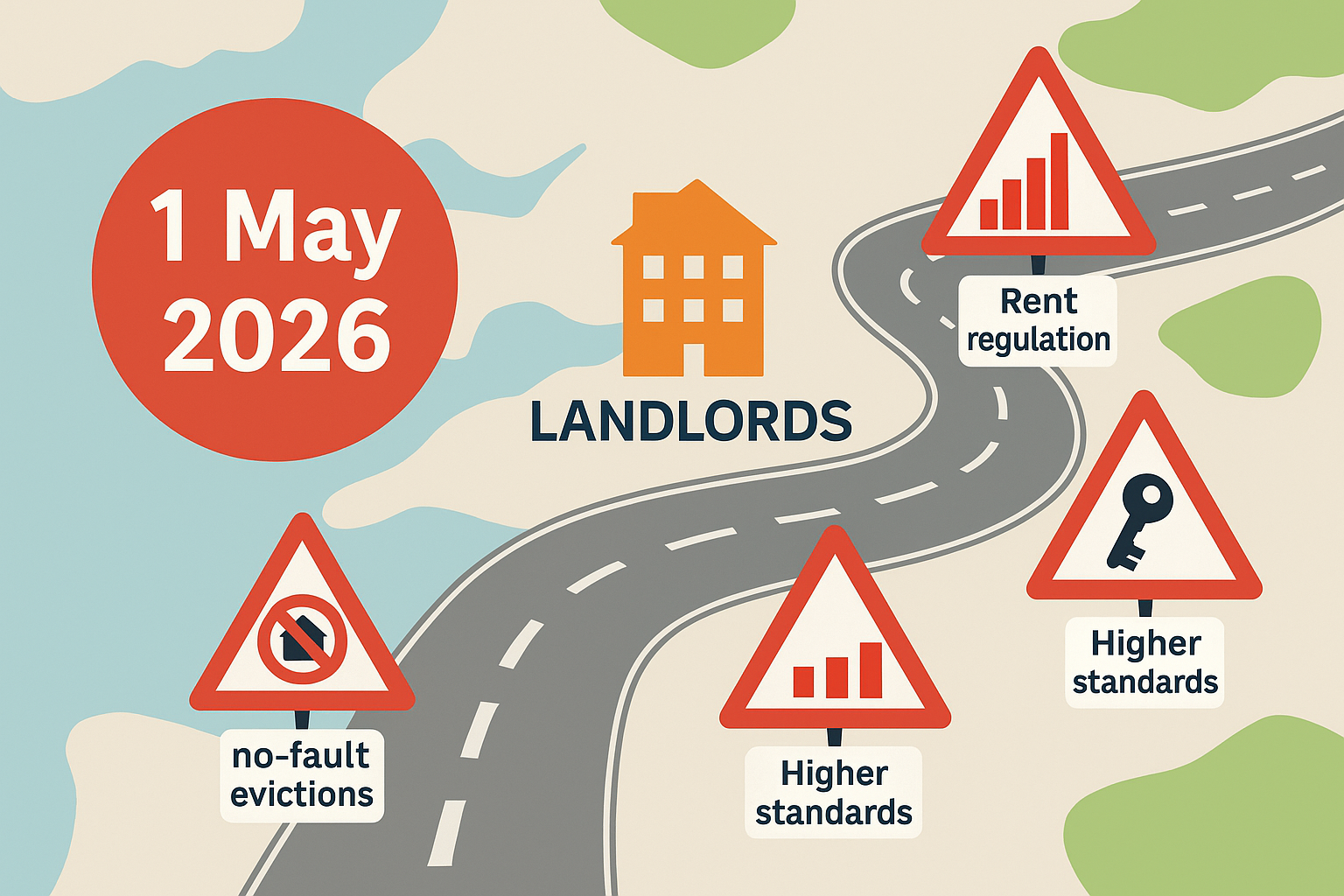The UK rental sector faces another challenge as new data suggests the Renters’ Rights Act may reduce planned property upgrades. Polling by August, a rental management platform, shows many landlords are rethinking improvements because of rising compliance costs and financial pressure. This shift could affect energy efficiency, rental quality, and long-term yields unless the government adjusts course ahead of the Autumn Budget.
Rental standards risk slipping as landlord spending drops
The survey found 62% of landlords expect to spend less on repairs and upgrades because of the Renters’ Rights Act. For many, the numbers simply don’t stack up. Rising mortgage costs, tax changes, licensing schemes, and regulatory uncertainty have already stretched finances. With another layer of legal obligations pending, landlords appear cautious about further investment.
Only one in five landlords (20%) said they plan to continue improving properties at the same rate.
This trend reflects what letting agents have been reporting since spring. One agency operating across Yorkshire and the North West recently noted to NRLA members that planned refurbishments have slowed, especially for older homes needing insulation, new boilers, or window upgrades – improvements that often cost thousands upfront and may take years to recoup through rental income.
For landlords working with tight margins, even a small shift in rules can make improvement plans pause.
Energy upgrades most at risk from policy uncertainty
Energy upgrades are a key policy focus, yet the data suggests momentum could stall. More than 54% of landlords surveyed said they are likely to delay or reduce energy-efficiency upgrades until the policy landscape feels clearer or more financially viable.
This comes only months after government EPC reform proposals were dropped, leaving many property owners unsure whether to upgrade now or wait for a clarified standard.
Green improvements are essential for the UK’s net zero goals, yet current incentives remain limited. Heat pumps, solar systems, insulation, and structural retrofit are often expensive – sometimes exceeding £10,000-£22,000 per property depending on age and layout.
Samuel Cope, Founder of August, warned:
“You cannot legislate for higher housing standards while pushing landlords into corners financially. Without targeted support, the Renters Rights Act risks slowing down green upgrades across millions of homes.”
Cope confirmed he has written to the Chancellor urging financial relief to avoid what he describes as a “stalling point” in rental sector progress.
UK rent growth outlook and what landlords do next
The situation raises larger strategic questions. If regulatory pressure continues without financial support such as grants, tax offsets or phased timelines, landlords may choose to:
- Sell older properties, reducing housing supply
- Shift investment to new-builds with higher EPC ratings
- Pause portfolio growth until policy direction is clearer
For tenants, this could mean higher rents and fewer available homes, especially if compliance reduces the number of viable rental units. According to ONS, private rents are already rising by around 6-7% annually across much of England, adding further strain to affordability.
Editor’s view
Policy design matters. If the government wants greener homes, it must work with landlords, not against them. A rental system built on uncertainty discourages investment and slows upgrades – the very opposite of what renters and policymakers say they want. The coming Autumn Budget will show whether ministers understand the stakes or whether landlords remain expected to fund unfunded reform.
Author: Editorial team – UK landlord & buy-to-let news, policy and finance
Published: 21 November 2025
Sources: August polling data, NRLA member commentary, ONS rental data
Related reading: Rent demand shifts as Bristol and Bolton emerge as buy-to-let hotspots








